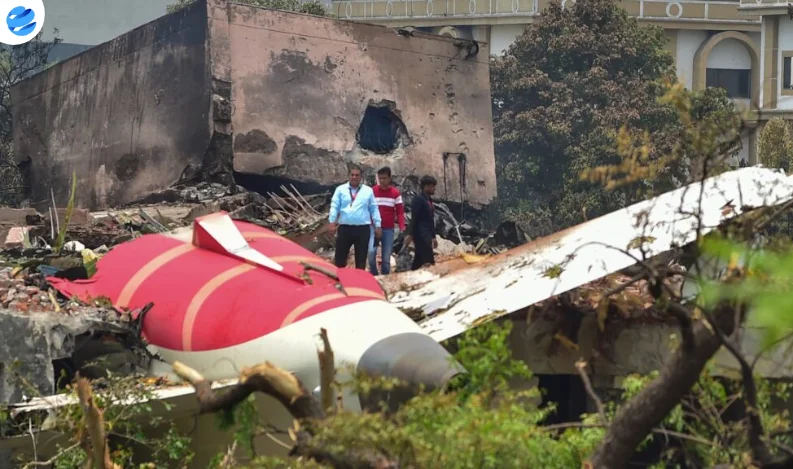A preliminary investigation report into the Air India flight AI-171 crash has revealed possible cockpit confusion over engine fuel switches, which may have contributed to the tragic accident that killed 260 people.
The Boeing 787 Dreamliner, which took off from Ahmedabad on June 12, 2025, and was headed to London Gatwick, crashed into a densely populated area shortly after takeoff. The report, released by India’s Aircraft Accident Investigation Bureau (AAIB), said the plane’s engine fuel cutoff switches had flipped from “run” to “cutoff” almost simultaneously, starving the engines of fuel and leading to a sudden loss of thrust.
Cockpit voice recordings captured one pilot asking the other why the fuel was cut off, with the second responding, “I did not do so.” The report did not specify which pilot made the remarks. The commanding pilot, Sumeet Sabharwal, 56, had over 15,600 hours of flying experience. His co-pilot, Clive Kunder, 32, had 3,403 hours.
Although both switches were later found in the “run” position at the crash site, there were signs that both engines attempted to restart before the crash. The AAIB report stated there was no indication of an emergency that would have required an engine shutdown.
Experts believe accidental movement of both fuel switches is unlikely and are calling for further investigation. U.S. aviation authorities, including the FAA and NTSB, are cooperating in the probe. Boeing has said it is supporting the investigation but was not found at fault in the preliminary findings.
The crash, the world’s deadliest aviation disaster in over a decade, puts additional pressure on Tata Group’s efforts to restore Air India’s global reputation. Regulatory scrutiny of the airline is also growing after unrelated safety violations came to light in recent weeks.























